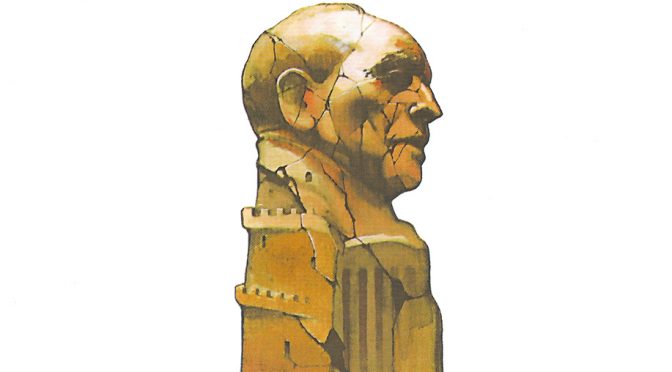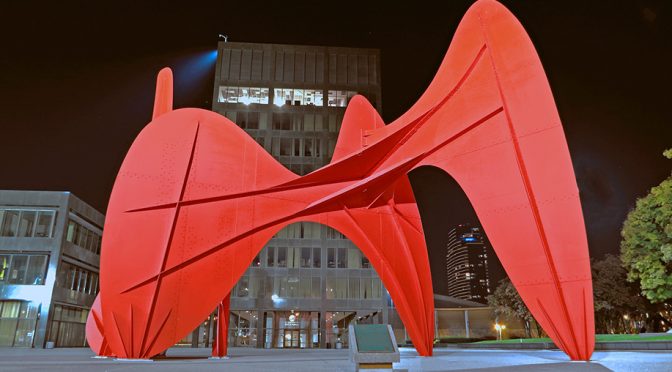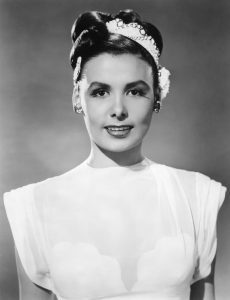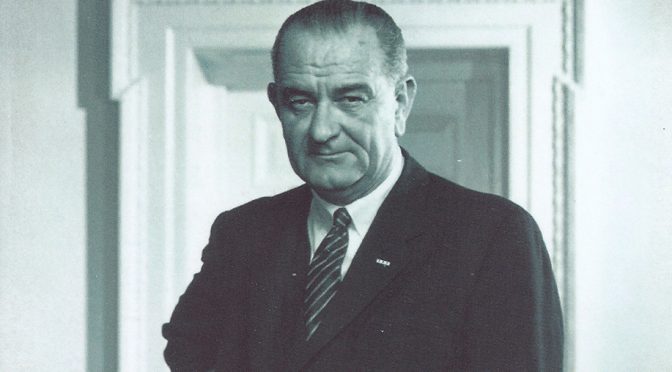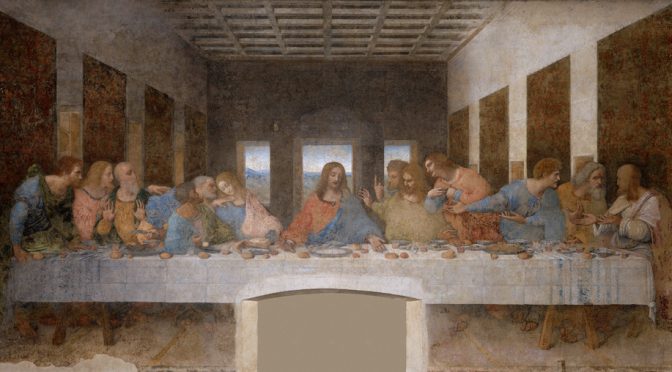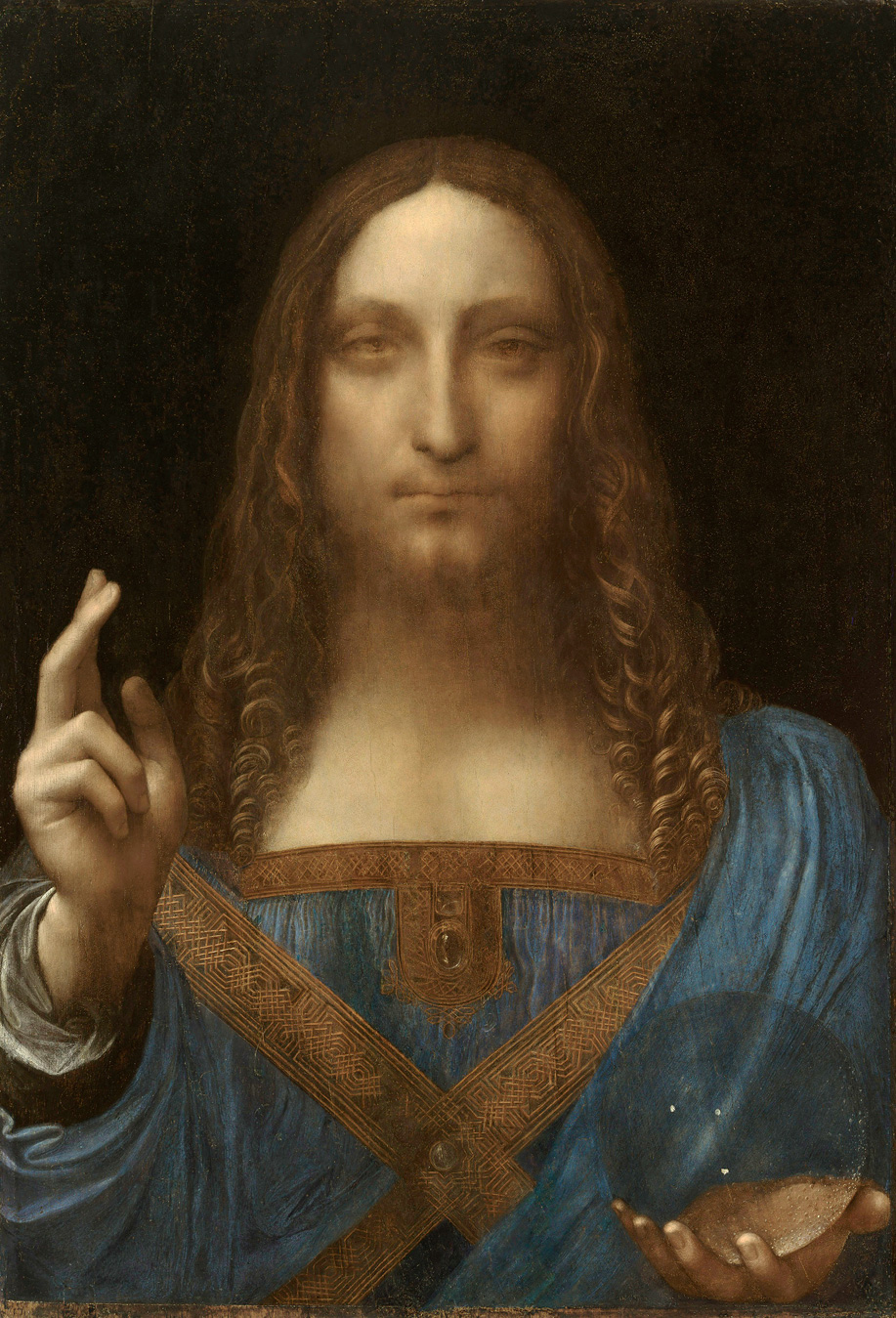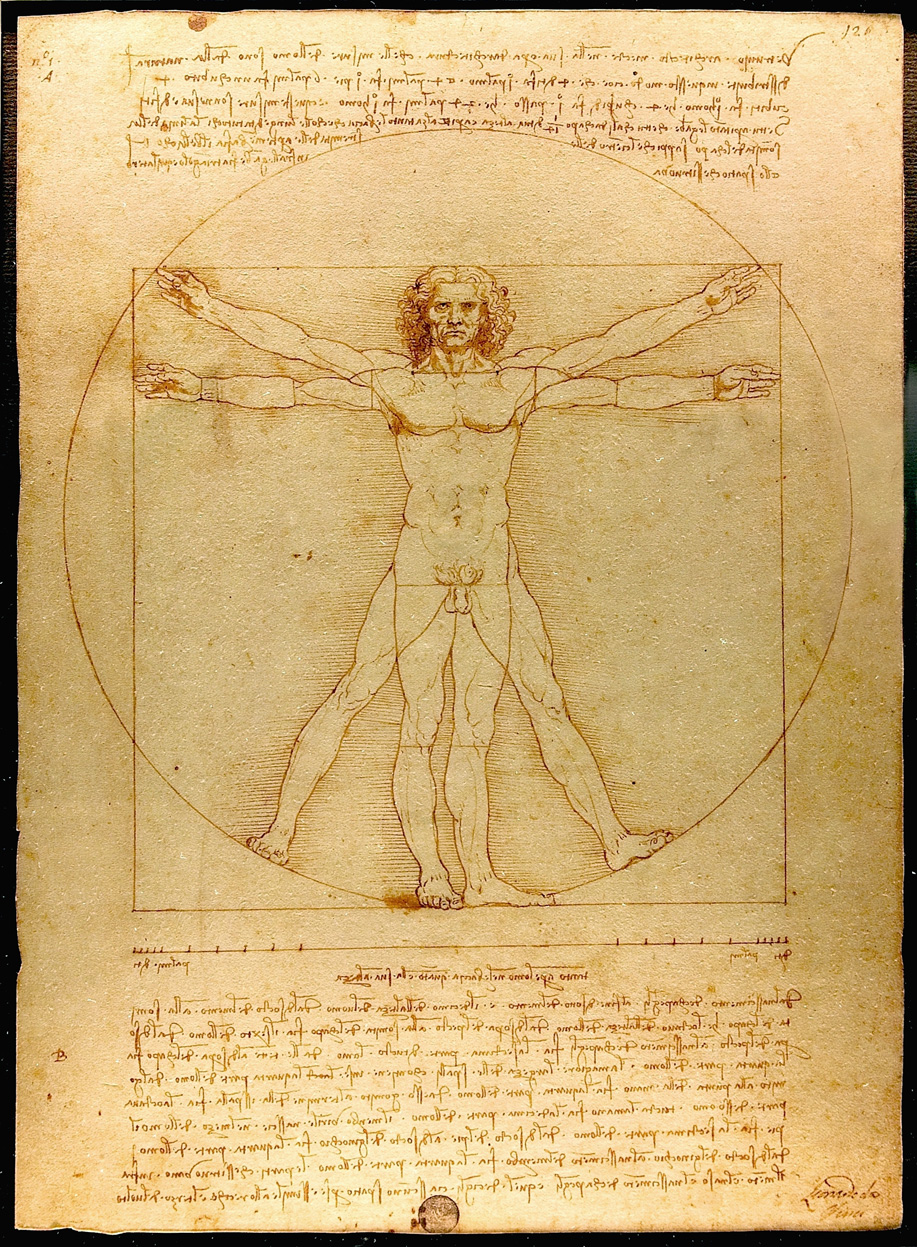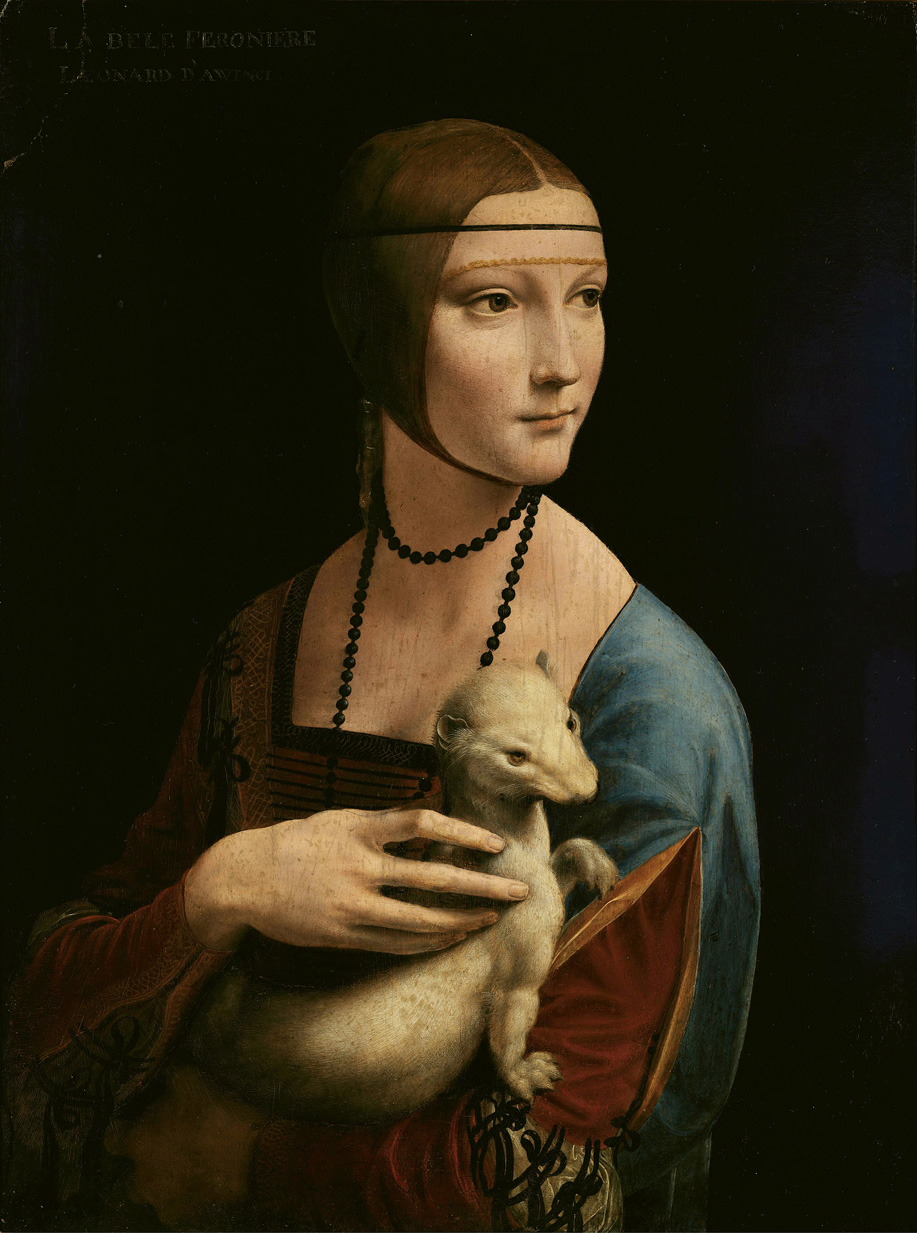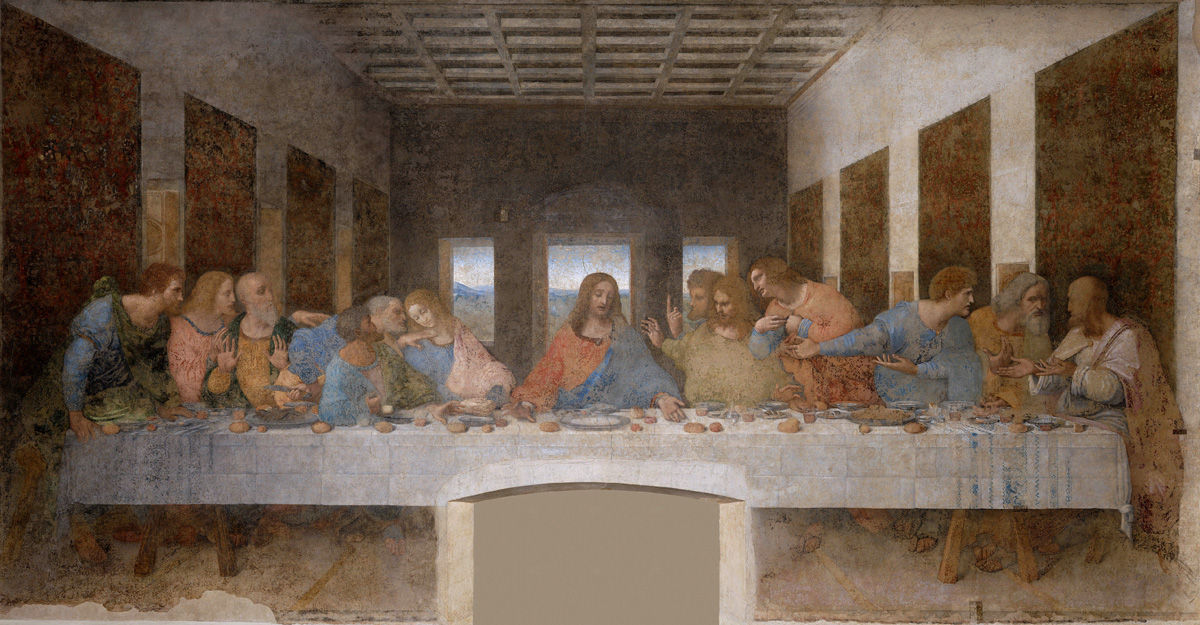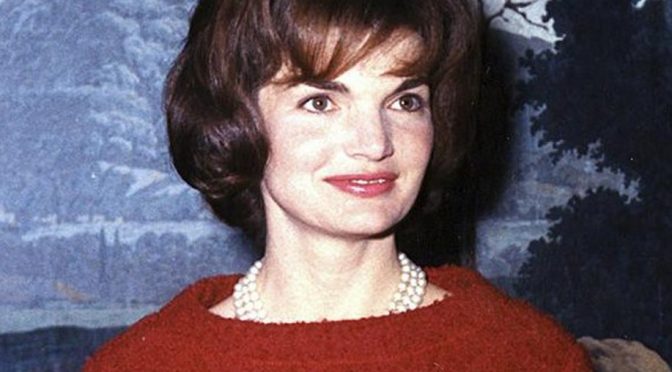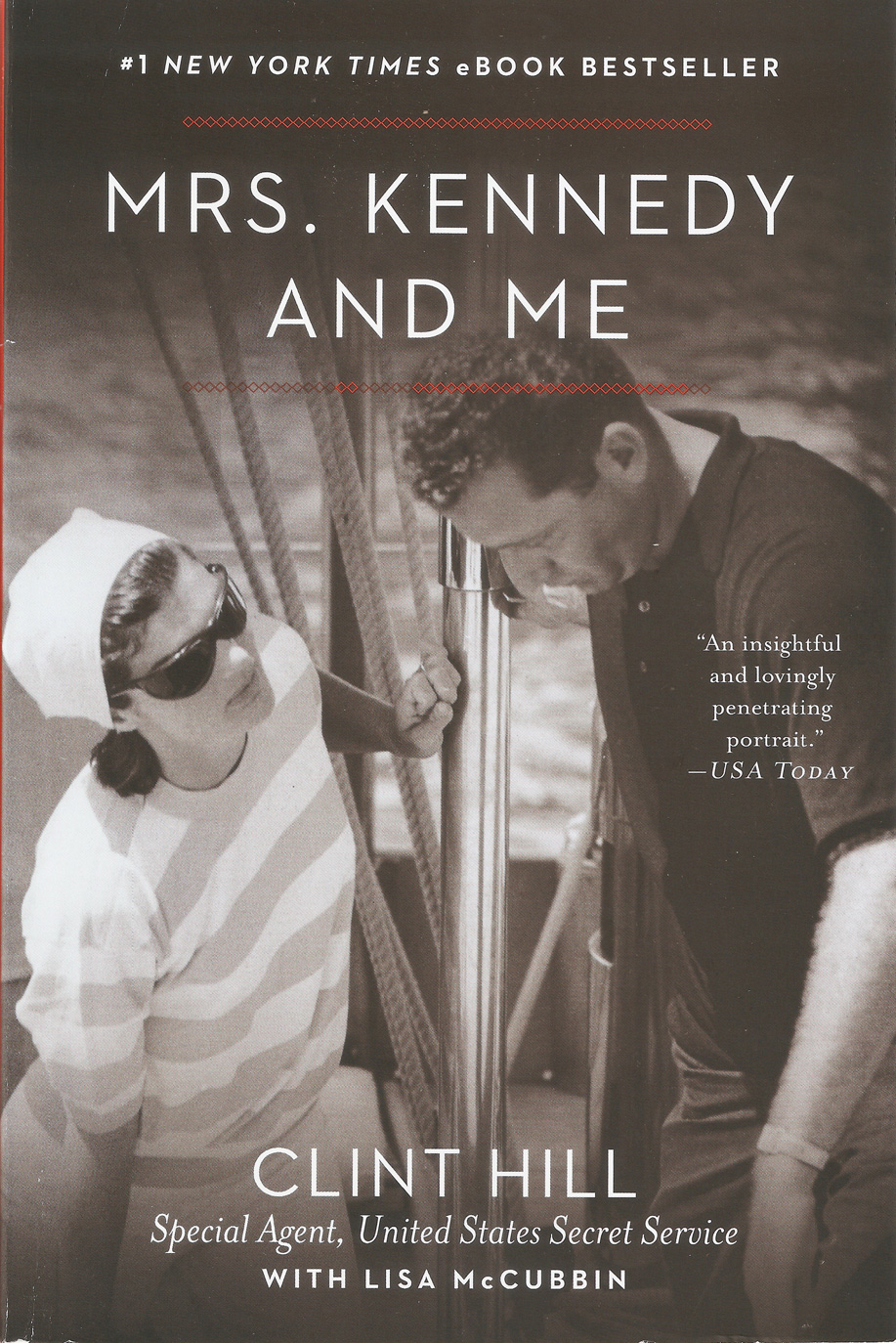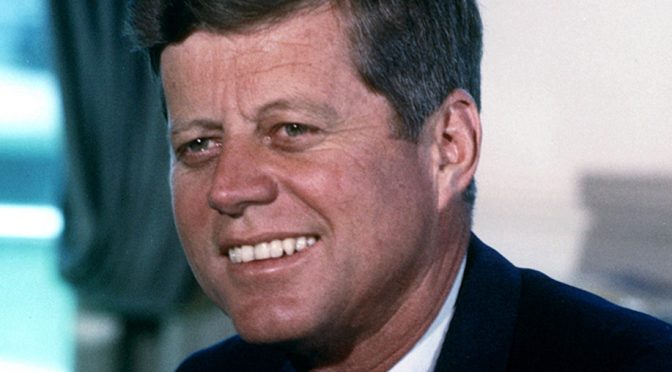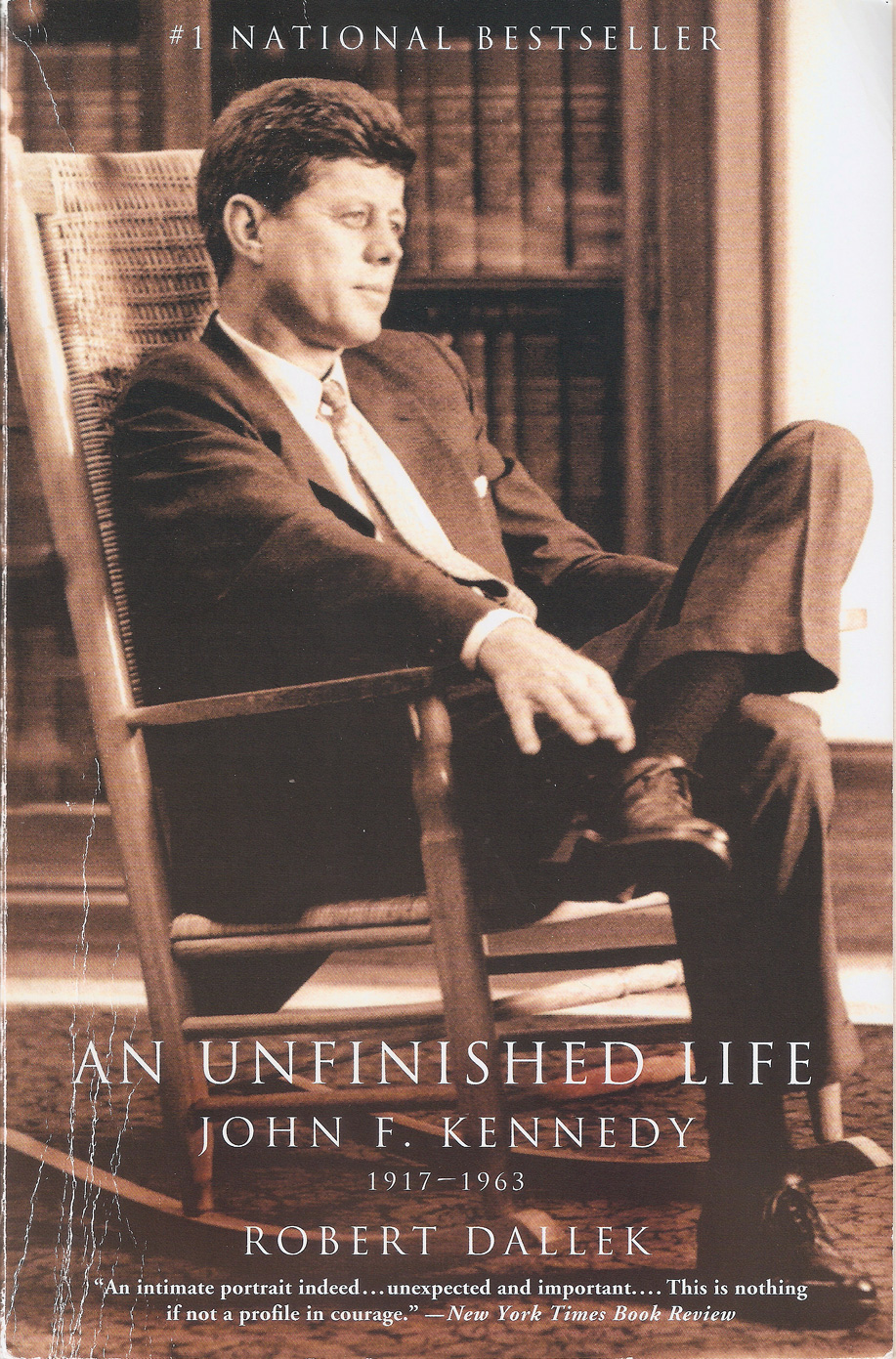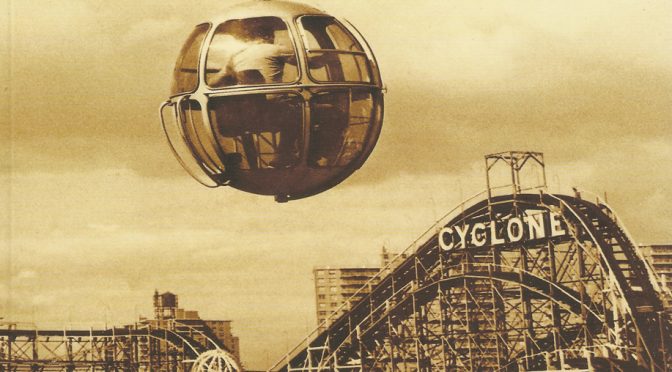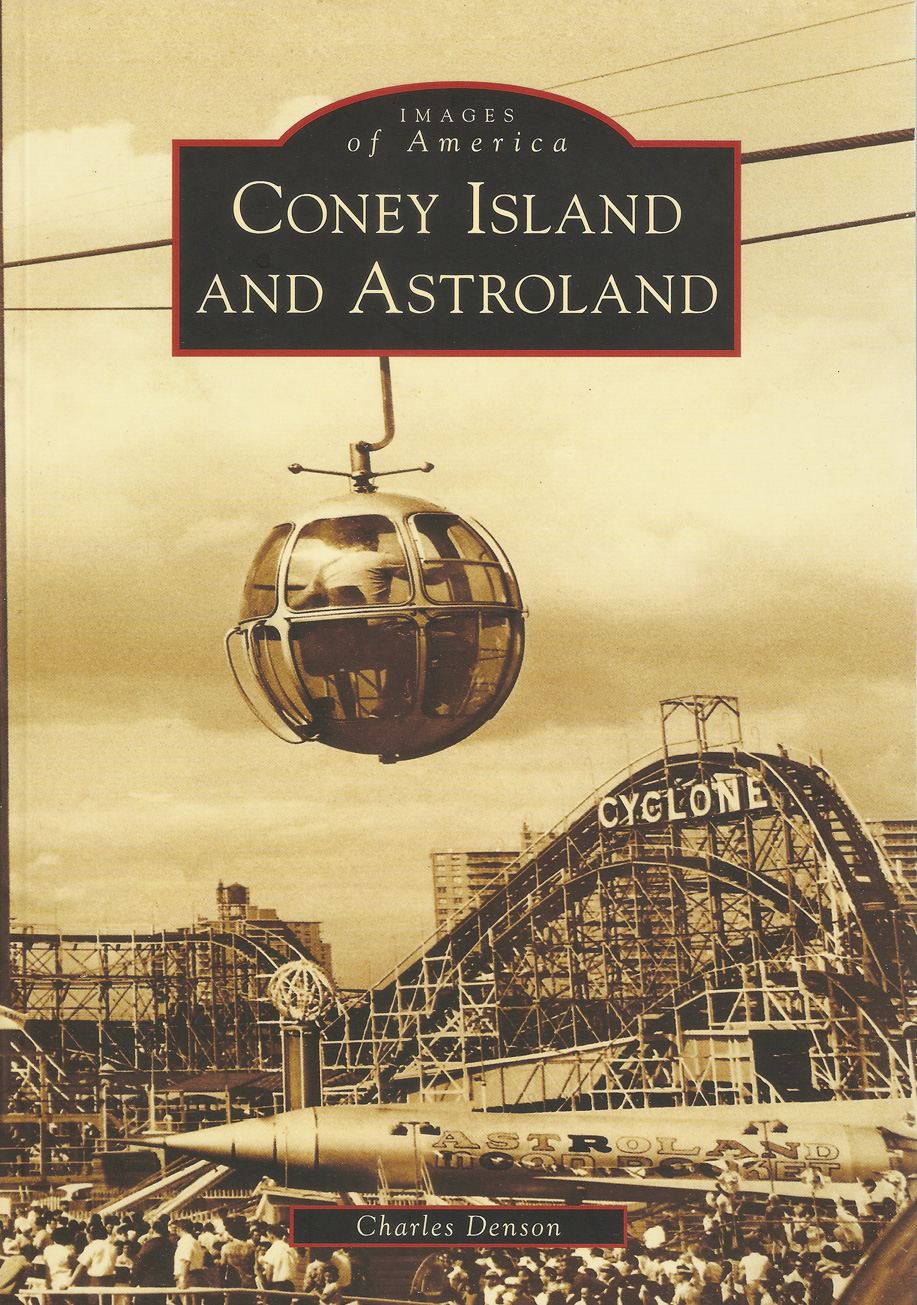The recent demise of congestion pricing in Manhattan got me thinking that cars always win. If you’ve ever wondered why New York City lacks a mass transit system befitting the world-class metropolis it is meant to be, why tolls are still being charged to cross bridges many generations after construction has been paid for and that those tolls keep going up, or why getting to JFK airport on a weekday afternoon is such a hellish nightmare, look no further than Robert Moses, the master builder who controlled most of our public infrastructure for many long decades. With the possible exception of J. Edgar Hoover at the FBI, no one individual has ever held such unbridled autocratic authority over so many people and so many resources for so long.
 Undisputably, Robert Moses was THE dominant figure in New York City from the mid-1920s to the late 1960s. He met the Queen of England and the Pope. Mayors, Governors, and Presidents came and went, but Robert Moses remained. Several Mayors and even FDR himself tried to oust Moses but failed. At various points in his long career, Moses was Chairman of the New York State, Long Island, and New York City parks departments; Chairman of the Emergency Public Works Commission; Chairman of the New York State Power Authority; chief of the New York City Planning Commission; President of the 1964-65 New York World’s Fair; and Chairman of the Triborough Bridge and Tunnel Authority. Despite holding all these quasi-government posts, he was never elected to any office. In 1934 he ran for Governor of New York State as a Republican and lost in a landslide.
Undisputably, Robert Moses was THE dominant figure in New York City from the mid-1920s to the late 1960s. He met the Queen of England and the Pope. Mayors, Governors, and Presidents came and went, but Robert Moses remained. Several Mayors and even FDR himself tried to oust Moses but failed. At various points in his long career, Moses was Chairman of the New York State, Long Island, and New York City parks departments; Chairman of the Emergency Public Works Commission; Chairman of the New York State Power Authority; chief of the New York City Planning Commission; President of the 1964-65 New York World’s Fair; and Chairman of the Triborough Bridge and Tunnel Authority. Despite holding all these quasi-government posts, he was never elected to any office. In 1934 he ran for Governor of New York State as a Republican and lost in a landslide.
His list of accomplishments is long. He built Jones Beach State Park, Jacob Riis Park, Orchard Beach, numerous power dams, many low-income housing projects, countless state parks, countless city parks, and the Central Park Zoo. He was instrumental in the construction of Shea Stadium, the United Nations headquarters, and Lincoln Center. He built the Henry Hudson, Grand Central, Northern State, Southern State, Taconic, and Meadowbrook State parkways, among others. He built the Triborough, Verrazano-Narrows, Whitestone, and Throgs Neck bridges, and many more. He also built the Brooklyn-Queens Expressway (the BQE), the Staten Island Expressway, and others. In short, much of New York City and New York State, and especially the way we get from Point A to Point B, is because of Robert Moses.
But in addition to being a builder, Moses was also a destroyer. He razed many neighborhoods and displaced countless numbers of their residents. The Cross Bronx Expressway was — and still is, to this very day — especially cruel. So was the construction of the Gowanus Expressway, which tore through the Sunset Park neighborhood in Brooklyn, destroying a community. According to the book, Moses refused the pleas of local residents to build the highway over Second Avenue rather than Third, to the demise of these families. Surprisingly, Moses didn’t always get his way. Instead of a Brooklyn-Battery Tunnel, he wanted a bridge, which would have obliterated large chunks of Lower Manhattan. He also intended to build a Mid-Manhattan Expressway across 30th Street, and he wanted to run a highway through Manhattan’s West Village and Washington Square Park. Imagine New York City today if Moses had succeeded in those projects? And through his stubborn intransigence, Moses also had a hand in the loss of the city’s beloved Brooklyn Dodgers baseball team!
All of this and much more is described in The Power Broker: Robert Moses and the Fall of New York, the massive biography by Robert Caro. This book, which is thick and heavy enough to be used as a doorstopper, was published in the early 1970s, when Moses was still alive. It has long been considered the definitive biography of Moses. It won a Pulitzer Prize. But I think it is a flawed work. In my view, such a lengthy account (this one clocks in at 1,200 pages, which took me almost three months to finish!) should cover everything about its subject. However, there was nothing in The Power Broker about Jane Jacobs and her epic battle with Moses over the expressway he wanted to build through the West Village. And there was not enough about the public housing built by Robert Moses. Nevertheless, despite its flaws, I do consider The Power Broker to be a must-read for anyone interested in 20th Century American politics and, more specifically, infrastructure.
My favorite sections of the book included everything that had to do with Al Smith, the Roman Catholic governor of New York State who ran unsuccessfully for President in 1928 (losing to Herbert Hoover). According to the book, Smith was the only governor, the only politician really, whom Moses ever looked up to and the only one he showed respect to. I also learned a lot in this book about Fiorello LaGuardia, the larger-than-life Mayor of New York in the 1930s and 40s, who had grand visions of his own. I also learned a great deal in this book about the flawed reporting published by the New York Times and many other newspapers about Moses, who in addition to being a master builder was also a master of spinning a narrative.
Here are a few more notes about Robert Moses, according to the book:
- He was physically imposing, big, tall, and muscular.
- He attended Yale and was on the swimming team.
- As an adult he went swimming out in the ocean, so far out that he could not be seen from shore.
- He did not drive himself but rather was chauffeured around in the back of a town car.
- He went deaf! (This was fitting because he never listened to anyone anyway.)
- He had a wife, Mary, and two daughters. A month after Mary died of old age he got remarried to a younger woman, also named Mary and her nickname was Mary II.
According to the book, it was New York Governor Nelson Rockefeller who finally ousted Moses from power. The man who had once wielded so much control finally died in 1981, broken, lonely and penniless.
If you ask any New Yorker today what they think about Robert Moses, the reaction will almost invariably be negative. In my view that is because of his biggest flaw, which was his failure to envision a world that did not revolve around people getting from one place to another in single-passenger cars.

